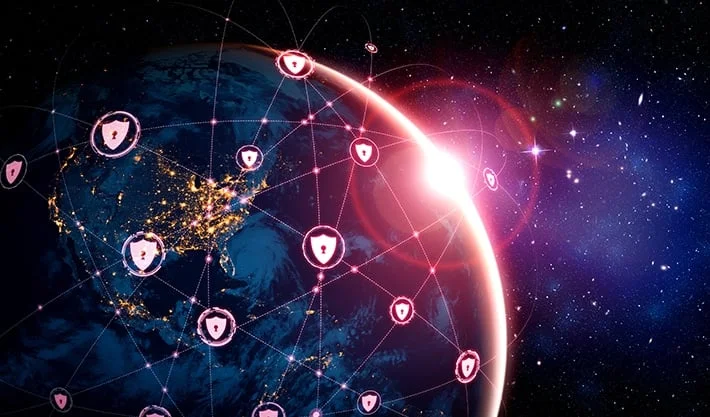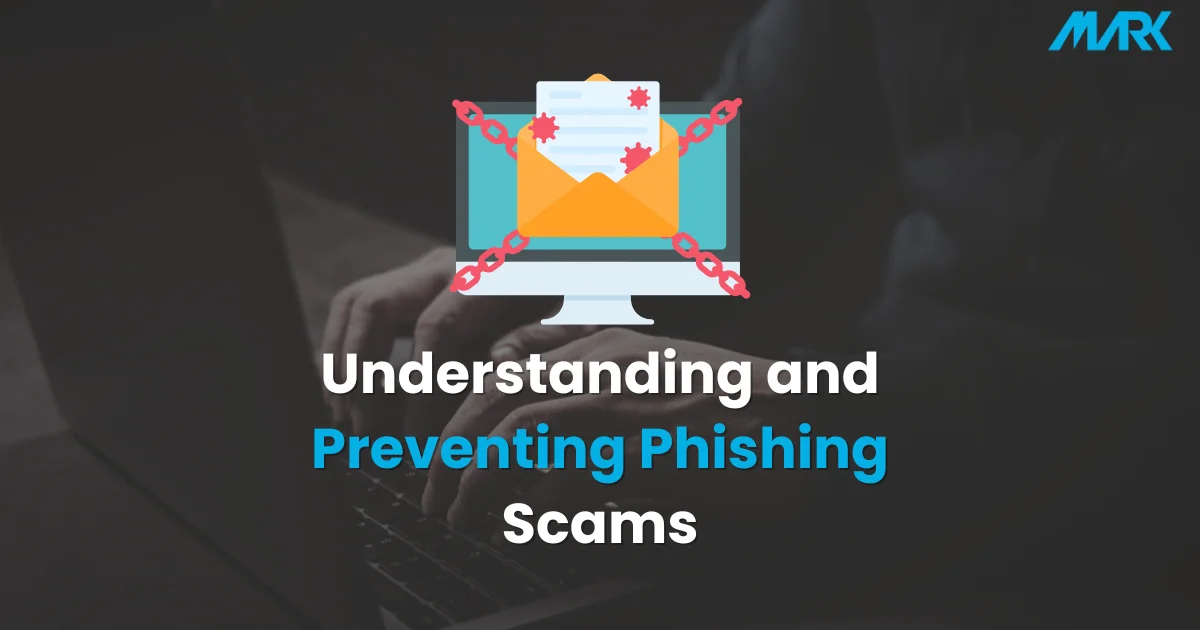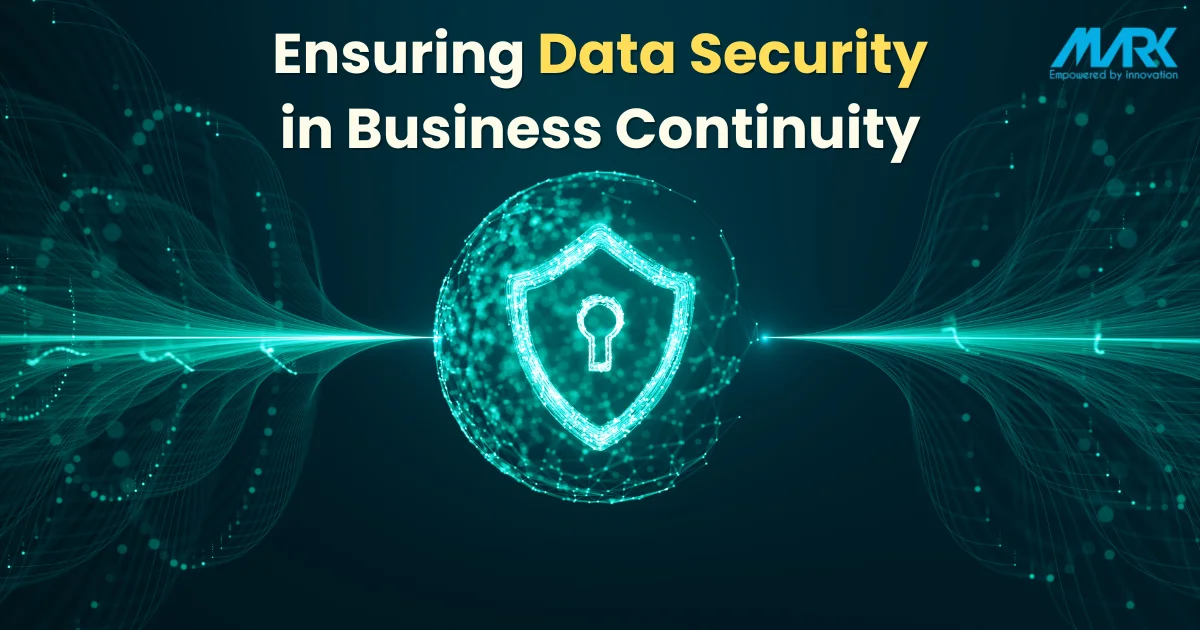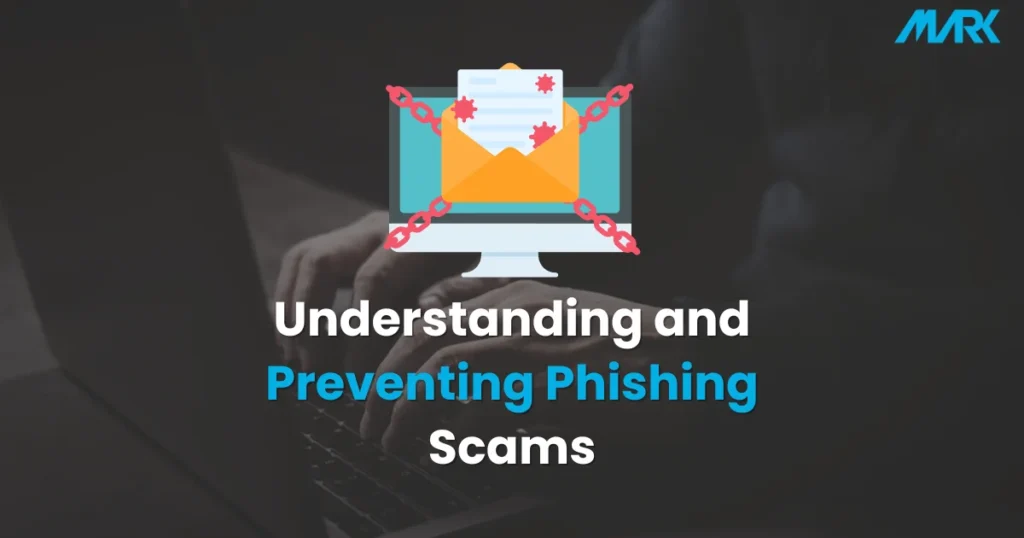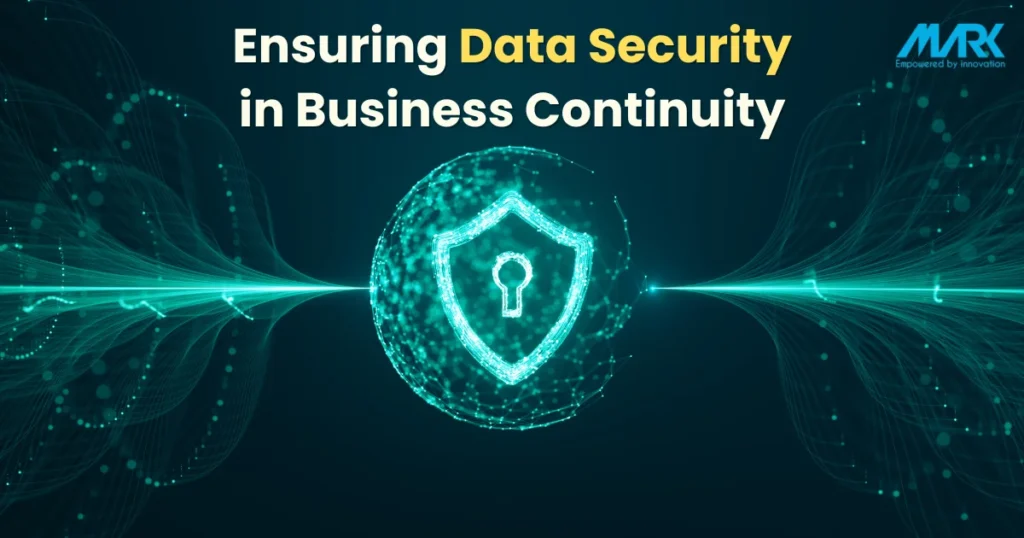The digital world calls for more cybersecurity than ever before. Cyber threats are increasing across the globe. That is why, it becomes very important that organizations, governments, and private citizens secure their data in like proportions.
We are speaking here not about protection by antivirus software but total protection or risk management of cybersecurity. Yet what exactly is this, and why should you bother?
Let us start by giving an overview of cybersecurity risk management. Next, experts from TMI will talk about the importance of being aware and understanding the risk, with practical ways to reduce it.
With the help of TMI You can protect your very existence on the internet just by ensuring that your online assets are protected, which you can do by learning and applying good risk management practices.
Key Takeaways
Cybersecurity risk management refers to identifying, analyzing, and mitigating risks to digital data and systems.
Effective risk management protects sensitive information, ensures compliance with the law, and secures the continuity of a business.
Most general cybersecurity threats are malware attacks, phishing scams, insider threats, and denial-of-service attacks, among others.
Active monitoring combined with employee education and implementation of controls will help in the reduction of cybersecurity risks.
What is cybersecurity risk management?
Cyber security risk management is the process of identification, analysis, and action to eliminate or reduce risks to your digital data or systems used to contain and process that data. Think of it as your safety plan when you are out there in the virtual world.
The purpose of this plan is for one to understand in advance what might happen (the risks), how bad it could be if it happened (the impact), and what to do in advance so it will not get that bad if any threat event occurs (the mitigation). At TMI, we follow these strict policies and always be aware and one step ahead of individuals trying to steal data from us.
Why is risk management significant within cybersecurity?
The following are some of the important reasons why you should include cybersecurity risk management in the plan:
- Protection of Sensitive Information: There is a great deal of sensitive information from users and businesses in terms of private messages or customer data. Risk management protects the information.
- Meeting Legal Obligation: Coerciveness, in multiple industries, has the standards of data protection. Proper implementation of risk management aids organizations in remaining compliant with legal requirements.
- Business Continuity Assurance: Cyberattacks sure have a knack for grinding your business to a halt—apart from the costs they can bring. An effectively prepared risk management plan, on the other hand, will ensure it’s business as usual at your place even in a cyberstorm.
- Win Confidence: Investors, Partners, Customers The most important asset you can possess is the kind of trust that investors, partners, and customers need to have in investing sensitive data with you. This kind of trust stems from the adoption of good cybersecurity practices.
What is the common risk in cybersecurity?
Understand the different types of cyber threats so that related risks can be managed properly afterward. Some of the common ones are:
- Malware attack: through viruses and ransomware, can lead to loss of impersonal damage by corrupting data on compromised systems.
- Phishing scams: Cyber-criminals create websites or send e-mails that bypass to obtain your identification.
- Insider Threats: Whether intentional or just passive leakage, employees or contractors could leak sensitive information.
- The other is the Denial-of-Service attacks, which are aimed at traffic generation that is to be pumped into your system in such a way as not to enable.
How do you carry out effective cybersecurity risk management?
Below are ways to manage cybersecurity risk effectively.
- Identify Assets and Threats: List all the critical assets that require protection, which could be classified in this order: networking, data, hardware, and software. Identify any threats or vulnerabilities that are related to the given assets.
- Analyze the Risks: Assess the probability of any single threat to occur and considering its probable effect. Basically, this amounts to the knowledge of how bad an attack could be and how ‘good’ or ‘bad’ your security is at this moment.
- Operational Mitigation Strategies: Operational mitigation strategies should be identified and put in place to reduce the likelihood of an event. Various possible strategies can include security technologies, guidelines, and protocols to training, practice by personnel, etc.
- Monitor and Evaluate: check and verify by which proper protection means, done or not with proper efficiency. Regularly update the plans that are drawn up in risk management, including the new elements to be taken care of authentically.
What are the Tools and Techniques for Cybersecurity Risk Management?
An acceptable form of cybersecurity risk management, applying a mixture of the below tools and techniques into practice:
- Risk Assessment Frameworks: This is how you would theoretically address the cybersecurity risk in accordance with both ISO/IEC 27001 and the NIST Cybersecurity Framework.
- SIEMs: security information and event management systems have specifically been designed to respond fast to threat detection on the fly and articulate means to blunt the impact, by collecting and analyzing the vast amount of information accrued from any and many sources possible.
- Vulnerability scan: This will check for any opening in your networks and systems that hackers are likely to exploit. Cyber Incident Handling Plans: Plans that have been well thought out for the handling of cyber incidents help minimize potential damage and reduce the time needed for recovering.
How to Recognize Dangers in Cybersecurity?
The first step in securing your digital assets is understanding your adversaries. The following section informs of the ways that you may have access to your opponents and the understanding of cyber-risks.
- Risk Assessment: Implement an ongoing monitoring system overall systems to identify potential threats that may be taking place. A network infrastructure along with hardware, software, and data to what that higher authority might focus on regarding research.
- Keep Pace with Threats: Opinions on the digital platform never stop changing. Listen to the newest threats and trends in cybersecurity.
- Use Threat Intelligence: Use threat intelligence services to learn emerging threats and vulnerabilities.
How to Reduce the Risk of Cybersecurity?
Subsequent to a risk evaluation, the next thing will be to mitigate the identified risks. Here we now mitigate the risk:
- Implement Security Controls: Implementing security activities and technologies lowers an organization’s risk. Security activities include encryption, firewalls, antivirus, and multi-factor authentication.
- Design policies and procedures that articulate appropriately the flow of activities when handling data and security incidents. Communicate the same to each employee.
- Regular Training: To be put into context, employees will be taken through regular training sessions concerning best practices in cybersecurity, threat detection, and reduction of management exposure to human error.
How to Monitor the aggressiveness and severity of cyber security threats?
Cybersecurity is something that should be maintained. Continuous observation combined with periodic reviews is very crucial. The way it should be done is explained below:
- About Proactive Monitoring: Together with networks even the systems have to be constantly observed to identify new potential threats. This can be done using a variety of tools, including SIEM systems.
- Periodic reviews and audits of instated cybersecurity measures.
Update risk management strategies in the light of new threats and considerations of audits. Proposed: Stay abreast of new developments in the field of cybersecurity, which your risk management proceeds to meet the expectations.
- Making cybersecurity a personal affair: Having a strong cybersecurity culture in place will be one of the major ways to reduce risks in your organization. Here’s how to build one:
- Business Initiative: Assure senior management that they get it and are behind the business program around reducing risk in cybersecurity.
- Employee Involvement: Allow your employees to have a say in the cybersecurity task. Help them understand that protecting the digital assets of the organization is their responsibility.
- Normalise discussing at every opportunity the matters of cybersecurity, distributing the best practices, policy procedures, and risks on a periodic basis.
- Technology must be used towards lower Cybersecurity Risk. Some of the key pursued available tools and technologies are:
- FWI episodes a firewall system to prevent other outer-level threats from entering and the network residing at the user end.
- Antivirus software locates and then erases malicious software that resides on your systems. Thus, the sensitive information is encrypted. It is translated to a code that is infinitely scrambled so that it looks like it has no meaning.
- Systems that have MFA (Multi-Factor Authentication) are secure since they have to pass more than one way of authentication.
FAQs
Security Risk Management is the ongoing process of identifying these security risks and implementing plans to address them.
The four basic steps are risk mitigation and control, practicing controls to reduce likelihood and impact, using cybersecurity policies and procedures and conducting regular assessments, and addressing gaps.
There are seven risk categories in cyber risk management:
Internal Risk, Third-Party Risk, Compliance Risk, Reputational Risk, Technology Risk, Operational Risk and Strategic Risk
Conclusion
Cybersecurity risk management involves identifying risks in the system and assessing the probability and impact of the risk before taking the steps to mitigate it and, as such, protect digital assets.
Effective cybersecurity risk management techniques give stakeholders trust, and business continuity, and help ensure relevant legislation and regulations follow. At TMI cybersecurity risk management is always proactively accessed, keeping in mind this ever-changing digital space.
Stay informed, become proficient around the right array of tools and technologies, instill a culture of cybersecurity within your company to be cyber-defensive, and assure your digital future forever.

